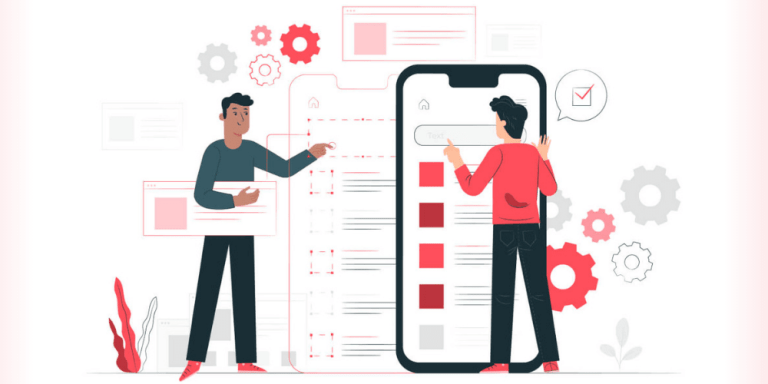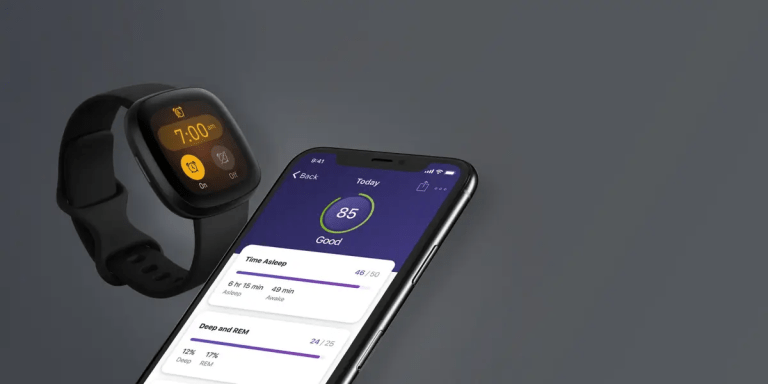
In today’s fast-paced digital landscape, having a high-performing website is crucial for success. Users expect fast loading times, smooth navigation, and seamless interactions. To meet these expectations and ensure a positive user experience, website owners must prioritize website performance optimization. In this article, we’ll explore effective strategies and techniques to boost your website’s performance and optimize its overall efficiency.
Website Performance Optimization
Website performance optimization refers to the process of improving various aspects of a website to enhance its speed, responsiveness, and overall user experience. A slow-loading website can lead to high bounce rates, lower search engine rankings, and decreased conversions. On the other hand, a fast and optimized website can improve user engagement, increase conversions, and even positively impact search engine optimization (SEO) efforts. Investing in website performance optimization is essential for staying competitive in the digital landscape.
Analyzing Current Performance Metrics
Before diving into optimization strategies, it’s crucial to analyze your website’s current performance metrics. This step helps identify areas that need improvement and provides a baseline for measuring the effectiveness of your optimization efforts. Key performance indicators (KPIs) to consider include page load time, time to first byte (TTFB), server response time, and overall website speed. Tools like Google PageSpeed Insights, GTmetrix, and Pingdom can provide valuable insights into your website’s performance.
Optimizing Image Assets
Images are often a significant contributor to slow page load times. Optimizing image assets is a critical step in website performance optimization. Start by resizing and compressing images to reduce file sizes without sacrificing quality. Utilize image formats such as JPEG or WebP for photos and PNG for graphics with transparency. Implement lazy loading techniques to load images as users scroll down the page, reducing initial load times. Additionally, leverage browser caching to allow images to be stored locally, minimizing future requests.
Minifying and Combining Files
Reducing the number and size of files sent to the user’s browser is another effective strategy for website performance optimization. Minify CSS, JavaScript, and HTML files by removing unnecessary characters, spaces, and comments. This reduces file sizes and improves load times. Combining multiple CSS and JavaScript files into single files further reduces the number of HTTP requests, enhancing overall website performance.
Caching for Improved Speed
Implementing caching mechanisms is a powerful technique to boost website performance. By caching static content, such as images, CSS files, and JavaScript, you can reduce the number of requests made to the server, resulting in faster load times for returning visitors. Utilize browser caching to instruct the user’s browser to store certain resources locally for a specified period. Additionally, consider implementing server-side caching solutions like Redis or Memcached for dynamic content.
Prioritizing Above-the-Fold Content
Above-the-fold content refers to the portion of a webpage that is visible without scrolling. Optimizing the loading of above-the-fold content is crucial for providing a fast initial user experience. By prioritizing the loading of critical resources and deferring non-essential elements, you can significantly improve perceived performance. Lazy loading techniques, asynchronous loading of scripts, and critical CSS rendering are effective strategies for prioritizing above-the-fold content.
Implementing Content Delivery Networks
Content Delivery Networks (CDNs) are distributed networks of servers located in different geographic locations. CDNs store cached copies of your website’s content and deliver them to users from the server nearest to their location. Implementing a CDN can significantly reduce latency and improve load times for users across the globe. By serving content from nearby servers, CDNs minimize the distance data needs to travel, resulting in faster website performance.
Optimizing Mobile Experience
With the majority of internet users accessing websites through mobile devices, optimizing the mobile experience is paramount. Mobile optimization includes techniques such as responsive design, which ensures that your website adapts to different screen sizes and resolutions. Implementing mobile-specific optimizations, such as lazy loading and smaller image sizes, can further enhance performance on mobile devices. Conduct regular testing on various mobile devices to ensure optimal performance across platforms.
Conclusion
In the highly competitive digital landscape, a fast and optimized website is key to providing a positive user experience and achieving online success. By implementing strategies such as optimizing image assets, minifying files, leveraging caching, and prioritizing above-the-fold content, you can significantly boost your website’s performance. Additionally, optimizing for mobile devices, utilizing CDNs, and monitoring performance metrics ensure continuous improvement. Prioritizing website performance optimization not only improves user satisfaction but also contributes to higher search engine rankings and increased conversions.






